Insect bites and animal stings can quickly turn a normal day into an emergency. Knowing how to react, whether it's a mosquito or a snake, can make all the difference. This article will discuss important dos and don'ts for avoiding injury, making good choices, and healing safely.
The initial step would be to identify what is going on and remain calm before stepping into trouble. At this point, we will write about the response and detection of symptoms without panicking.
Responsiveness is first acutely recognized. There are bites or stings whose symptoms are felt as soon as they are received, as redness, swelling, or itching; at the same time there are injuries in the form of nut venomous snakebites, to which no severe symptoms are immediately manifested, which later appear with a delay, but with severe extinguishing. Call attention to the appearance of dizziness, nausea, breathing difficulties, or diffusive pains.
Panic acceleration increases the heart rate that can aggravate the sensationalization of the spread of venom or toxins in the body. Excessive response can lead to bias as well, so making a regrettable decision such as running, an activity that increases circulation. Rather, remain calm and speak in a low tone with calm breaths and think in a logical manner. It is favorable that a composed reaction provides quality choices and improved care.
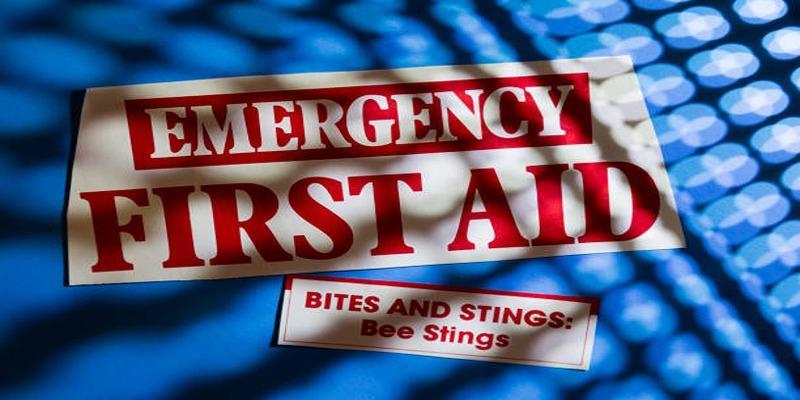
Once you have recognized the problem, basic first aid can make a big difference. Now we will discuss simple but essential steps that keep the injury from getting worse.
As soon as possible, wash the site of the bite or sting with clean water and mild soap. This reduces the risk of infection by flushing out bacteria and irritants. Pat the area dry gently with a clean cloth. Simple hygiene measures prevent complications and create a safer foundation for healing.
Avoid unproven remedies such as vinegar, toothpaste, or butter. These substances can worsen irritation, trap bacteria, or even react poorly with venom or toxins. Stick to medically recommended practices rather than relying on traditional but unsafe shortcuts that may delay healing or complicate the injury.
Venous experiences require special attention, where negligent treatment absorbs results of the consequences. One moment we are going to speak about what should be or what should not be done in such severe cases.
If a toxic animal bites you, immobilize the affected body part to slow the venom's spread. Keep it below heart level and minimize movement. You can use a splint or sling for support. Seek professional medical help immediately, as time saved by being at home can be crucial.
It is not only a useless myth to cut or suck off the venom of a wound but quite a risky one. Incising puts the patient at risk of infection and incontinuous suction has a hard time clearing any significant venom and may even damage the damaged tissues. Influential medicine now highly discourages such old practices.
Cold compress or ice pack surrounded with the cloth could decrease swelling and numb pain in case of non-venomous bites and stings, such as bee or wasp stings. Use sporadically every 10-15 minutes, otherwise the skin may develop damage, as well as to treat pain and inflammation.
Tourniquets or tight bandages might appear as the answer but they can severely damage the tissue by cutting off blood flow. Rather, seek the advice of medical practitioner when with light compression. Any limitation of blood circulation may cause a relatively minor injury to making it a much more serious complication.
It is not necessarily the bite or the sting that is a problem but the aftereffect of the bite or the sting. And now we will speak about the precautions of taking out stingers and how to observe allergic conditions.
If a bee stinger (or any other foreign body) remains in the skin, remove it immediately but carefully. Scrape it out with a straight-edged object like a credit card instead of using tweezers, which can squeeze more venom into the wound. The faster you remove it, the less venom will spread.
Within minutes, allergic reactions may intensify or can be anaphylaxis. Red flags that may arise are swelling over the face or any part of the throat, breathing difficulty, hives, or losing of consciousness. Categorize these symptoms as insignificant. Epinephrine injector availability should be used immediately and subsequently alleviate lives through emergency care.

When the symptoms are banal, still, a visit to a medical professional is the right choice. Where necessary, doctors can prescribe antihistamines, antibiotics and antivenom. Professional assessment helps to avoid long-term harm, announces safe recovery, and achieves the guarantee that nothing significant has been missed.
To deal with the bites and stings, it is always better to evade them. At this point we shall address preventive ways of life, preparative hints that minimize risks to a considerable degree.
With a small kit that includes antiseptic wipes, bandages, antihistamines, and an epinephrine auto-injector (when necessary), one can save a life. Have one in your car, in your backpack, or at a home. The immediate intervention which is facilitated by the fast availing of supplies will minimize dangers awaiting professional assistance.
The bite of a mosquito or ant may be easily neglected however; in case of repeated or allergic reactions, things may grow out of proportions. The biting of mosquitoes can cause diseases, and ants and spiders can cause dangerous or severe symptoms. The bite or the sting shall not be noticed how small the creature.
The time plays a vital role in bite and sting management. It can be using first aid, by pulling the stinger or calling the ambulance but when people keep hesitating this can further aggravate the situation. React with urgency but in a composed manner so that maximization of Safety and minimization of long term damages can be achieved.
It is also important to get proper aftercare even after the symptoms disappear. They take medication, clean wounds or visit follow-up according to medical instructions. Failure to cope with recovery may result in the infection, scarring, or residual pain. Proper follow-up care will result into full recovery and disability-free sustainability.
Being safe against bites and stings also means always being knowledgeable, relaxed and ready. Early recognition of symptoms, safe first aid, and harmless myths can help you to minimize risks to a minimum. Health is also endorsed through preventive measures like protective wear and emergency packs. Moving swiftly, engaging with the specialists, and treating recovery are right security measures to make sure that small encounters do not escalate into serious issues.
 TOP
TOP
Curious about when to claim your Social Security benefit? Learn how age, health, income, and other personal factors influence this important decision and shape your retirement future
 TOP
TOP
The joys of spontaneous travel with tips for unplanned adventures, packing light, and connecting with locals for unforgettable experiences.
 TOP
TOP
Discover thrilling day trips near Cape Town, featuring stunning landscapes, cultural experiences, and adventure for every traveler.
 TOP
TOP
Discover the truths and misconceptions about medical research studies in this insightful article.
 TOP
TOP
The benefits of outdoor activities for improving physical and mental well-being.
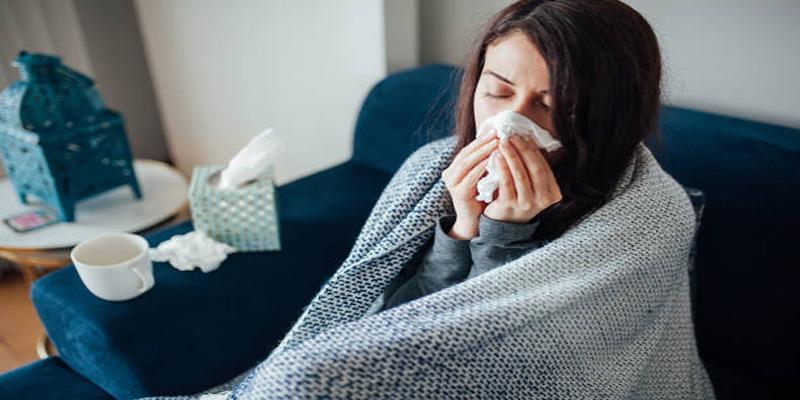 TOP
TOP
Discover the truth about cold weather and its link to sickness in this science-based article.
 TOP
TOP
Identify emotional clutter and discover practical ways to declutter your mind for clarity and peace.
 TOP
TOP
Debunking 7 common myths about Alzheimer’s and dementia for clearer understanding.
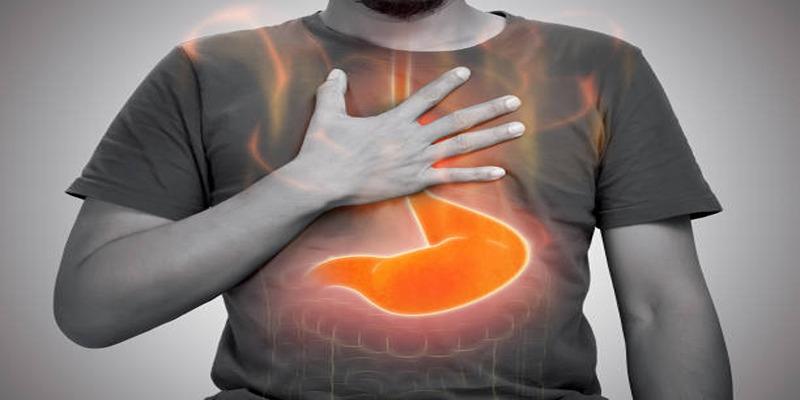 TOP
TOP
Untreated GERD can cause esophagus damage, Barrett’s esophagus, dental erosion, and cancer. Learn symptoms, risks, and why early treatment matters for health.
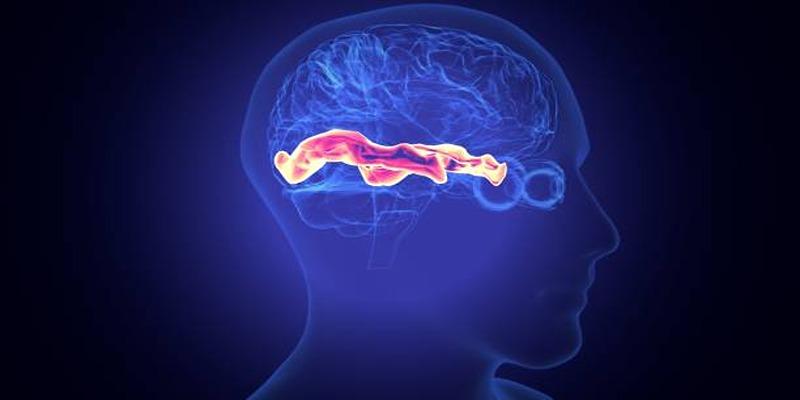 TOP
TOP
Aphantasia affects mental imagery, memory, and creativity. Explore its causes, cognitive impacts, coping strategies, and real-life adaptations for navigating life without a mind's eye.
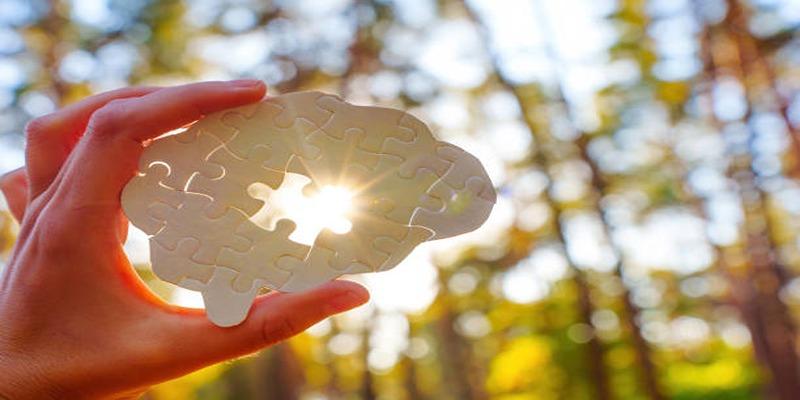 TOP
TOP
Mental health shapes our well-being, productivity, and equality. Learn why it matters for everyone and discover ways to build stronger support systems.
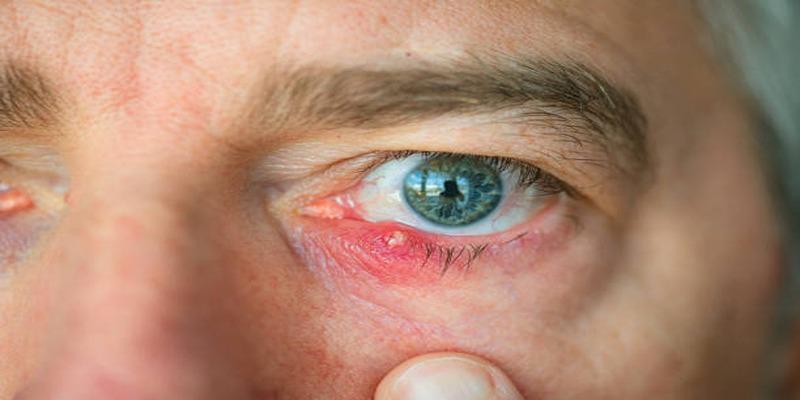 TOP
TOP
Learn to identify whether your eyelid bump is a stye or a chalazion, understand the causes and symptoms, and explore effective treatment options for better eye health and comfort.